Do you live in a short growing season, or find yourself starting a garden later in the season than you planned? Don’t worry, there are lots of vegetables you can still grow in a short amount of time. In this post, I’ll give you a list with pictures of the best vegetable seeds to grow for fresh vegetables as fast as possible.
Sprouts: 2-7 Days
If you need greens in a hurry, sprouting is your answer! Depending on the type of seeds you choose, your sprouts can be ready in as little as two days, and up to 7. The other great thing about sprouting is that you don’t need natural light in your house. Sprouts actually prefer a darker spot to grow.
Click here for instructions and important tips.
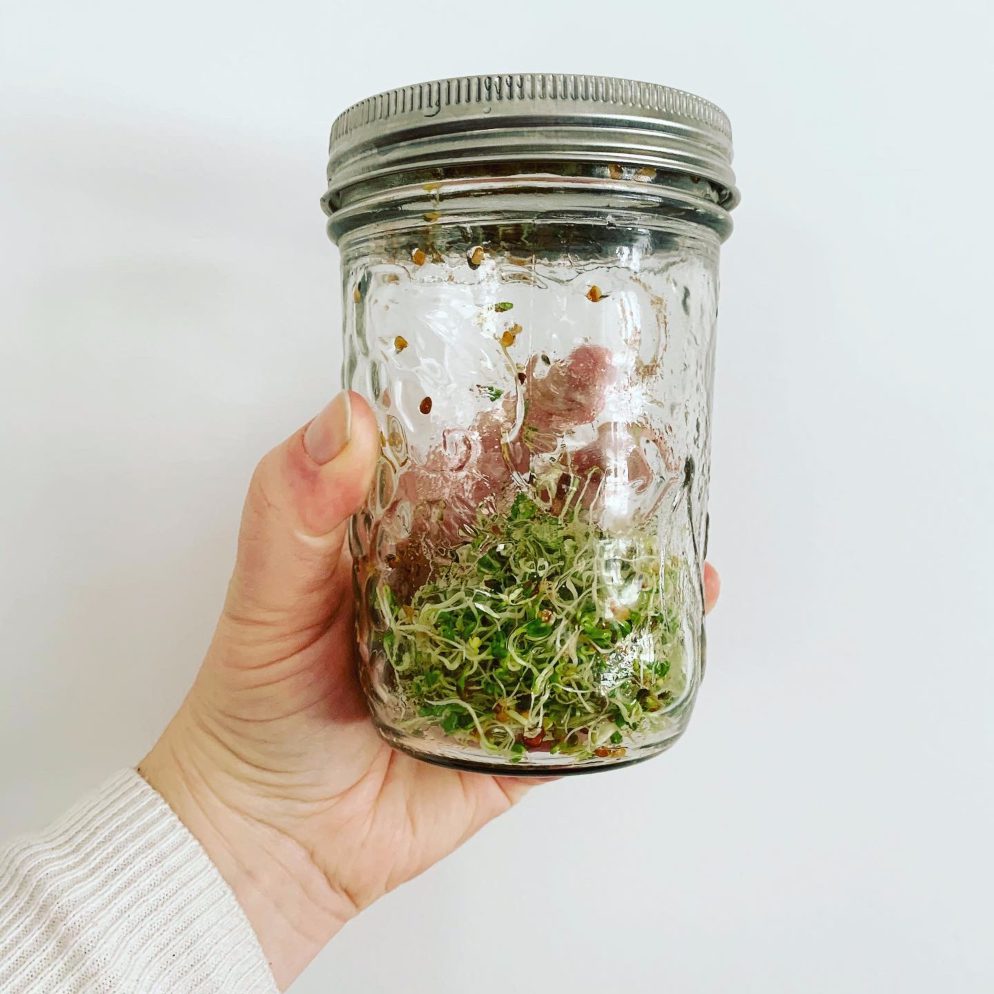
Arugula: 20-40 Days
The Rocket variety of arugula is the quickest, and delicious in salads, on pizza, eggs, or lightly fried in butter.

Spinach: 30 Days
Spinach is a quick growing, cool weather loving crop. Try planting seeds as soon as the ground is workable after the snow is melted. There are many varieties of spinach you can grow, but I have had the best success with Bloomsdale.

Green Onions: 30 Days
While onions grown from seed take a long time to mature, you can always use them as green onions in as little as 30 days. You can also clip off some of the greens while the plant is growing. It provides two benefits–you get to eat the greens now, and it helps send more energy to develop the bulb.

Bok Choi and Other Asian Greens: 30-50 Days
Grow Asian greens so you can eat delicious and healthy greens in a hurry. Try book choi or pak choi. Harvest them at the baby stage, or wait until they’re full grown. Either way they’re delicious!

Endive: 30-50 Days
I tried endives for the first time on a trip to Luxembourg and they were delicious! When you think endive, you probably think salad, but they are extremely delicious roasted with butter or cream sauce.
Radishes: 30-45 Days
Sow radishes as soon as the ground is workable for best results. Plant only a small amount (16-32 seeds) and sow every two weeks for a continuous supply in the Spring and Fall. Radishes will bolt in the heat, so avoid planting in summer, or try a shade cloth if you must.

Kohlrabi: 30-50 Days
Kohlrabi is a very versatile vegetable. It can be eaten raw or cooked, and the leaves are edible too!
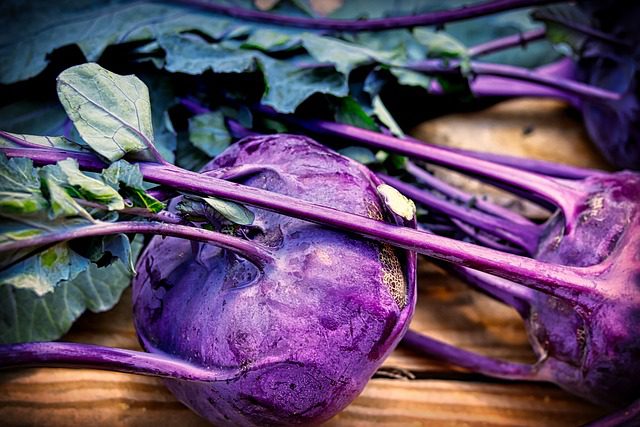
Swiss Chard: 40-60 Days
If you’ve been reading this blog for awhile, you’ll know that growing Swiss Chard is a constant struggle for me. It’s one of my favourite vegetables, but the neighbourhood birds have also decided that it’s their favourite too. So we’re in a constant battle of who gets it first. Spoiler alert–the birds usually win.
Use Swiss Chard cooked in omelettes, in a quiche, or fried in butter with other vegetables. My favourite variety is Bright Lights, but I’ve had the most success growing Fordhook Giant.
Here’s the 10 Easiest Vegetables for Beginners to Start Growing in their Garden.
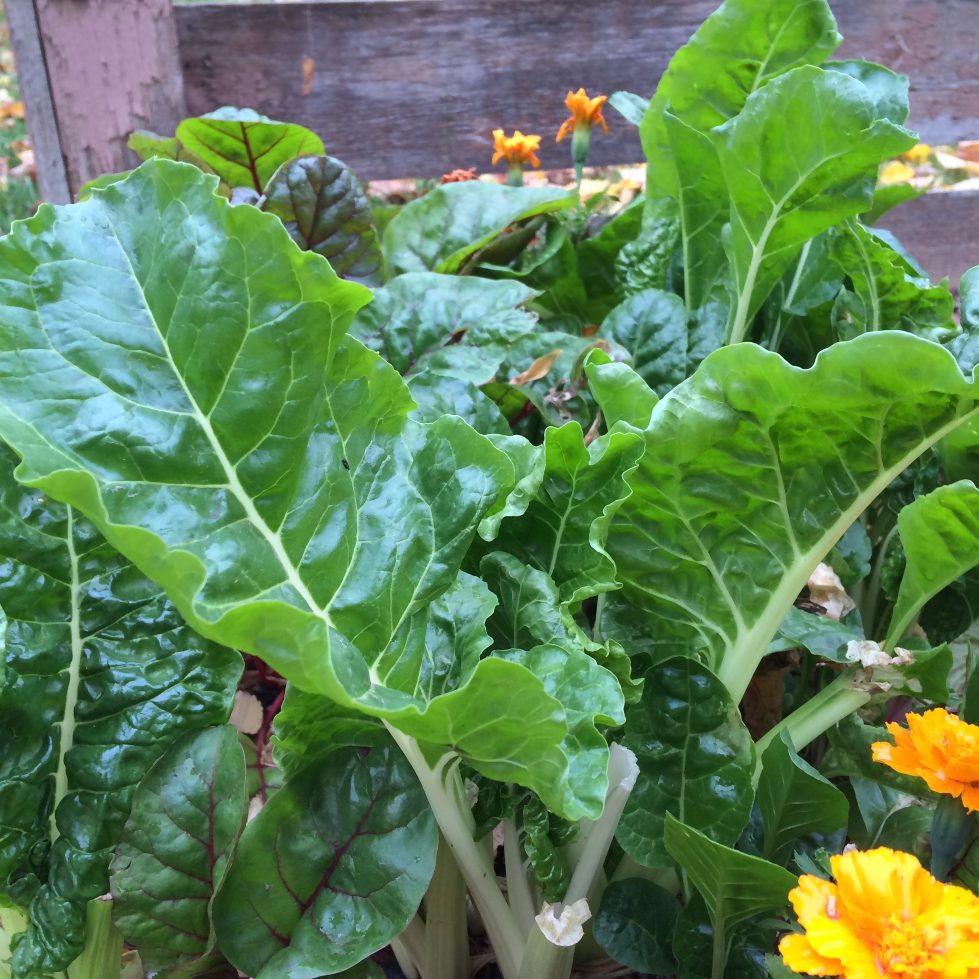
Lettuce: 50 Days
I love growing lettuce because there are so many different varieties in a rainbow of colours. Clockwise: Drunken Woman, Romaine, Deer Tongue, and Kale (not a lettuce variety, actual kale).

Kale: 50 Days
Kale is a cool weather loving vegetable that gets sweeter in the first cool days of fall. Some varieties will survive up until -10 degrees Celsius, and any variety I’ve grown can handle up to -5 degrees Celsius.
This cooked dish is my favourite way to eat kale.

Bush Beans: 40-60 Days
Once bush beens start producing, they usually come fast and furious. Plant a new crop every 3 weeks for a constant supply in the summer.
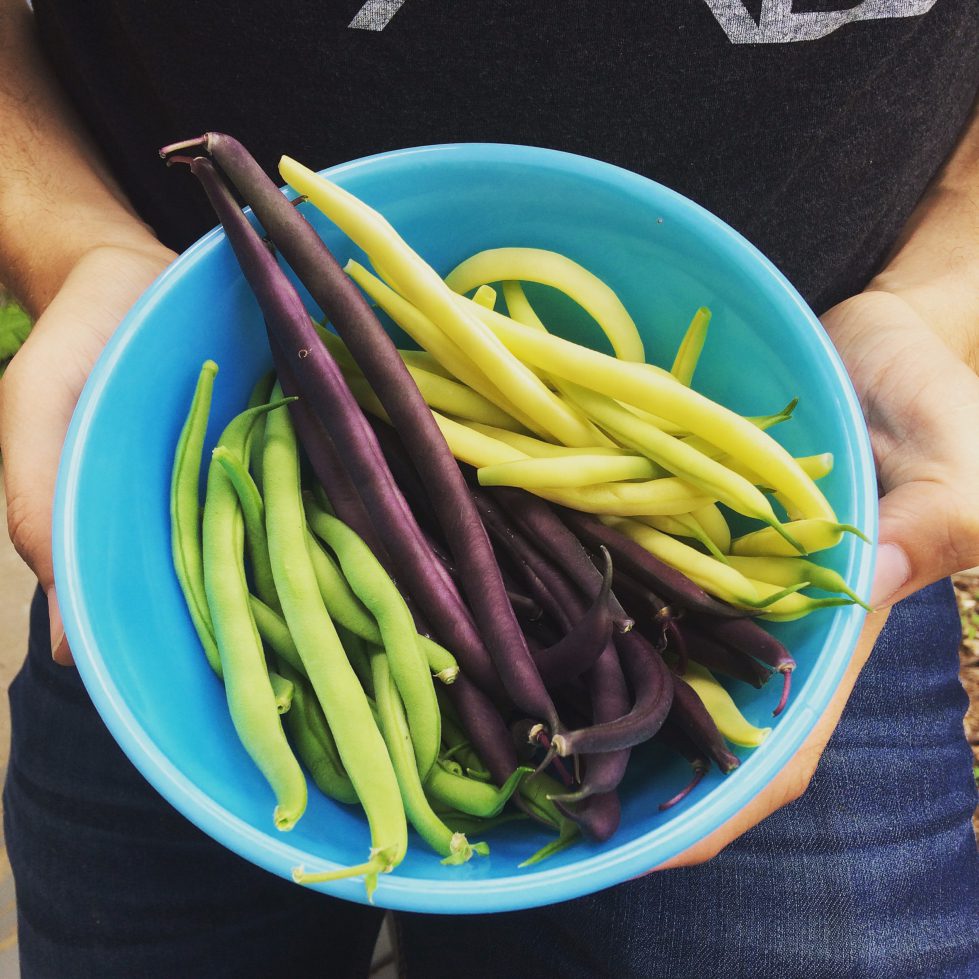
Turnips: 40-60 Days
Turnips are one of the quickest root vegetables you can grow, and possibly one of the prettiest. I like this globe top variety that’s pictured. Eat them roasted or mashed.

P.S. My soil probably has too much nitrogen in it, because the leaves are giant and the these are the biggest turnips I was able to grow that year. But if I was growing for the leaves, this would be awesome.
Beets: 40-70 Days
Different beet varieties have different lengths of maturity. Thin out your row and eat the baby beets while you’re waiting for the longer-growing varieties to mature. The leaves are also delicious in this casserole.
If you’re not a fan of the typical beet taste, plant the sweeter and milder varieties of golden beets. My favourites are Bolodor (golden) and Bulls Blood (purple). I also personally prefer the cylindrical beets, as I find they’re easier to harvest.

Peas: 50-70 Days
I love peas, but personally have the worst time growing them. Make sure you provide peas with a trellis, and pick them every second day once they start to mature.
My favourite variety for fresh eating and storing is Green Arrow.
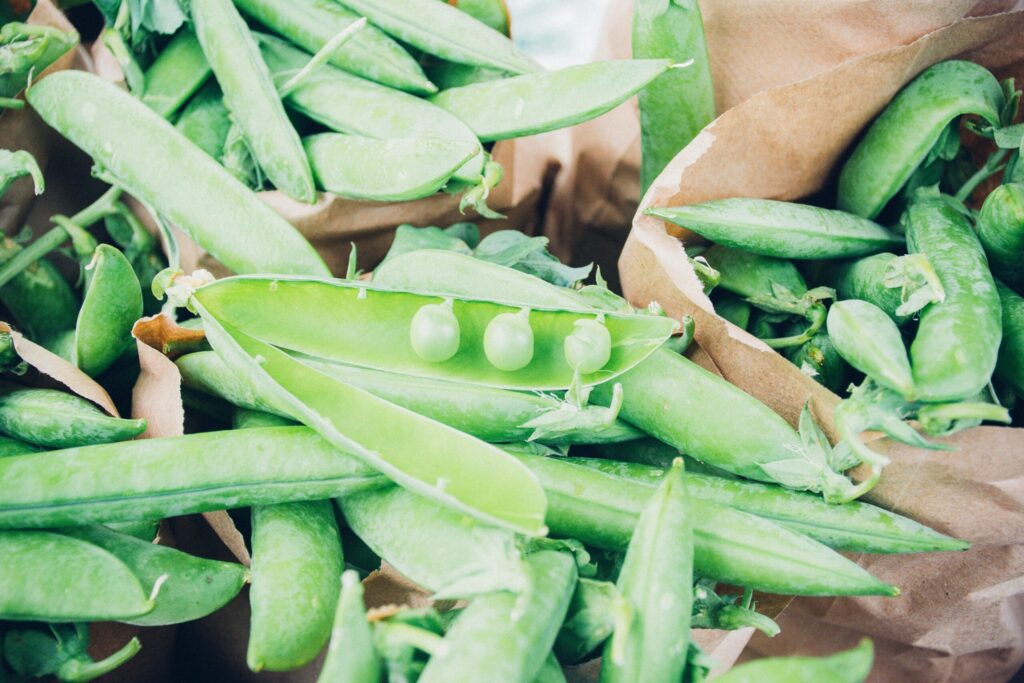
Some exceptions to the List
When you’re out seed shopping, you might be able to find some varieties of vegetables not on this list that have dates to maturity around 60 days or less. For example, there are some varieties of tomatoes that are ready around the 50-60 day mark, like Early Girl or Arctic. You can also find cucumbers like the Russian variety that are mature around 55 days.
However, because these vegetables like the heat, they might not produce as well if you’re trying to grow them at the end of the growing season. If you’re planting them at the beginning of the season hoping to have a harvest sooner than usual, then they will be fine.
Long Season Vegetables That Won’t Work When You’re Short on Time
On the flip side, if you’re a new gardener, you might not know which vegetables are a no-go when you’re short on time. Here’s a quick list of vegetables that would be difficult to impossible to grow in a time period of two months or less:
- Peppers
- Tomatoes
- Pumpkins
- Squash
- Artichoke
- Cabbage
- Brussel Sprouts

Don’t Forget Flowers!
Even if you don’t have a lot of time to grow a vegetable garden, it’s always a good idea to plant a few flowers with the vegetable garden to encourage bees and other pollinators to visit your vegetables. In general, blue, purple, and yellow flowers encourage bees, but here’s a whole list of flowers you can try.
Which fast-growing vegetable will you try?

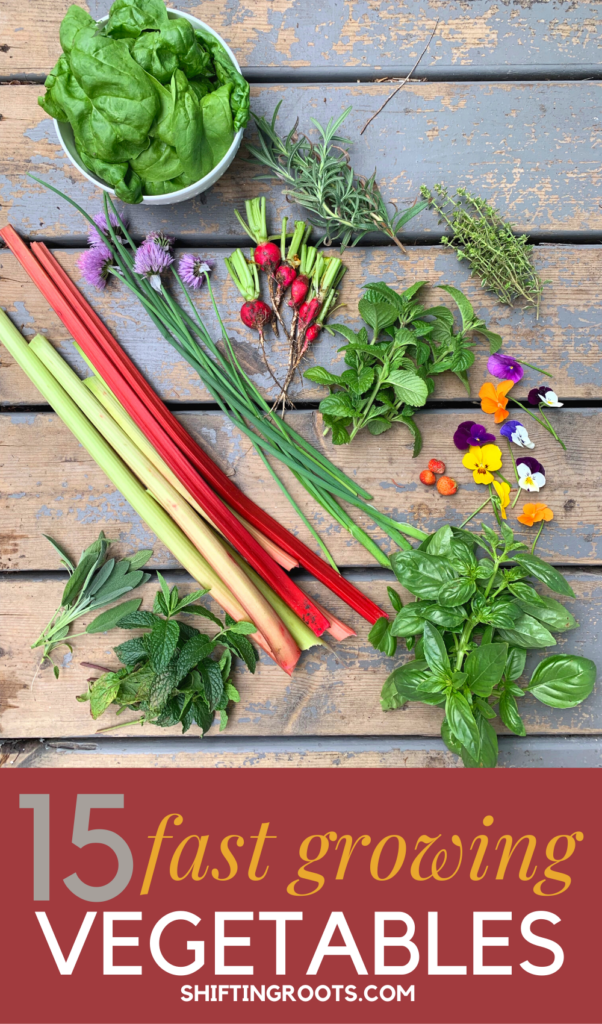




Mandy